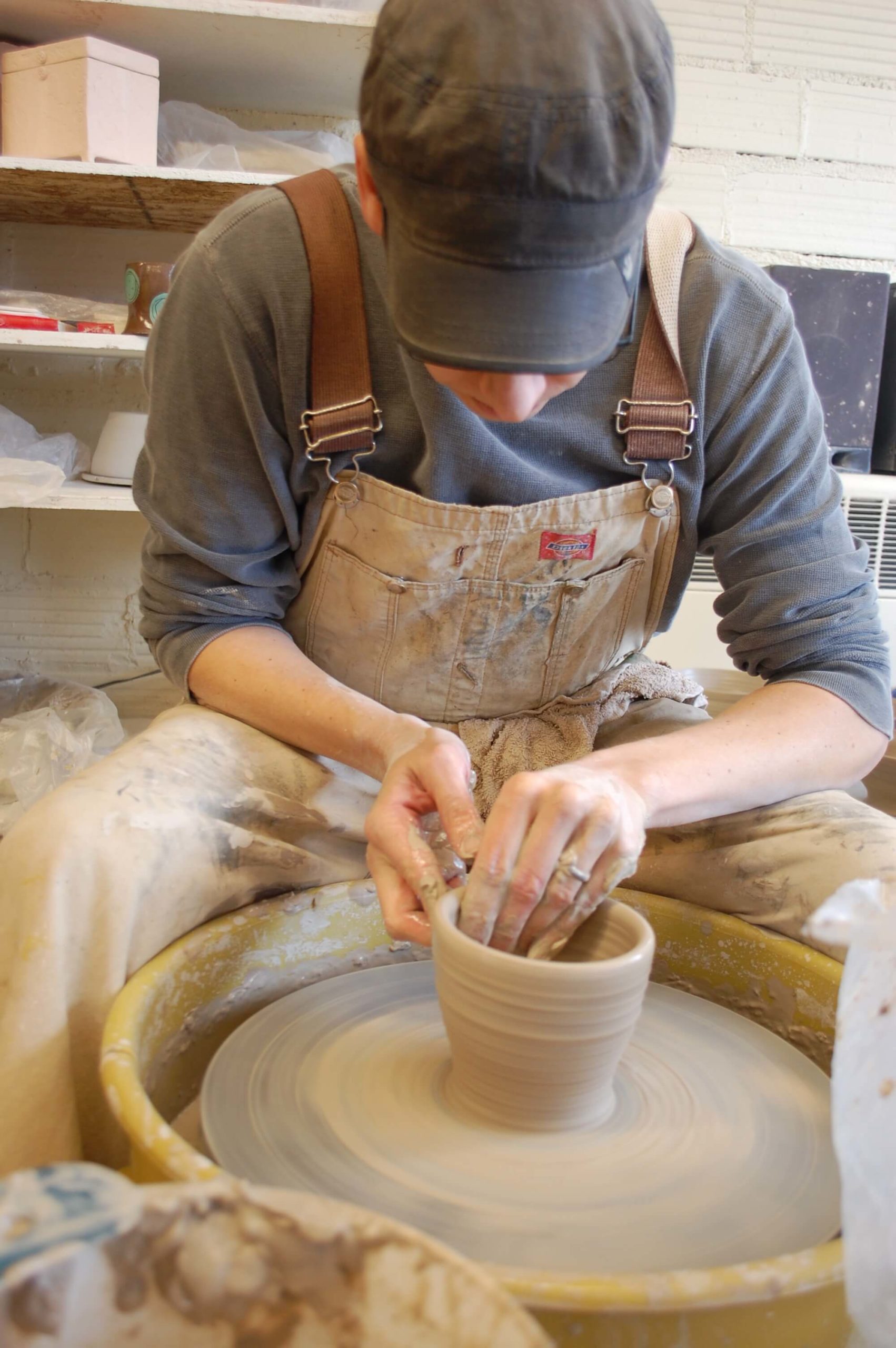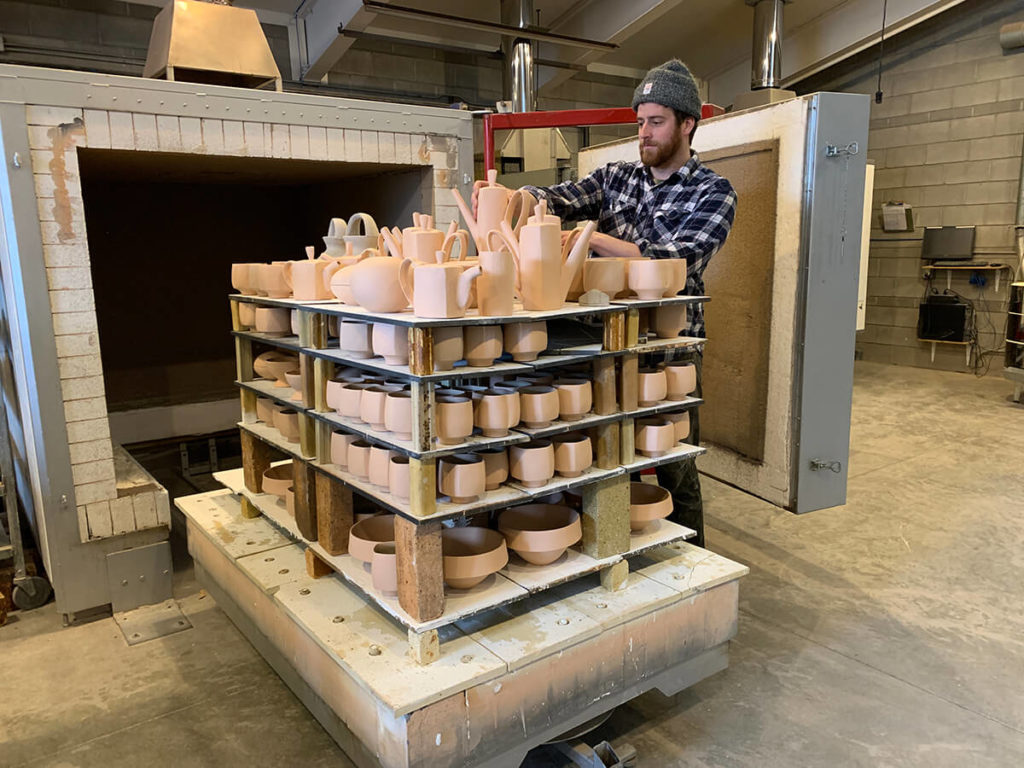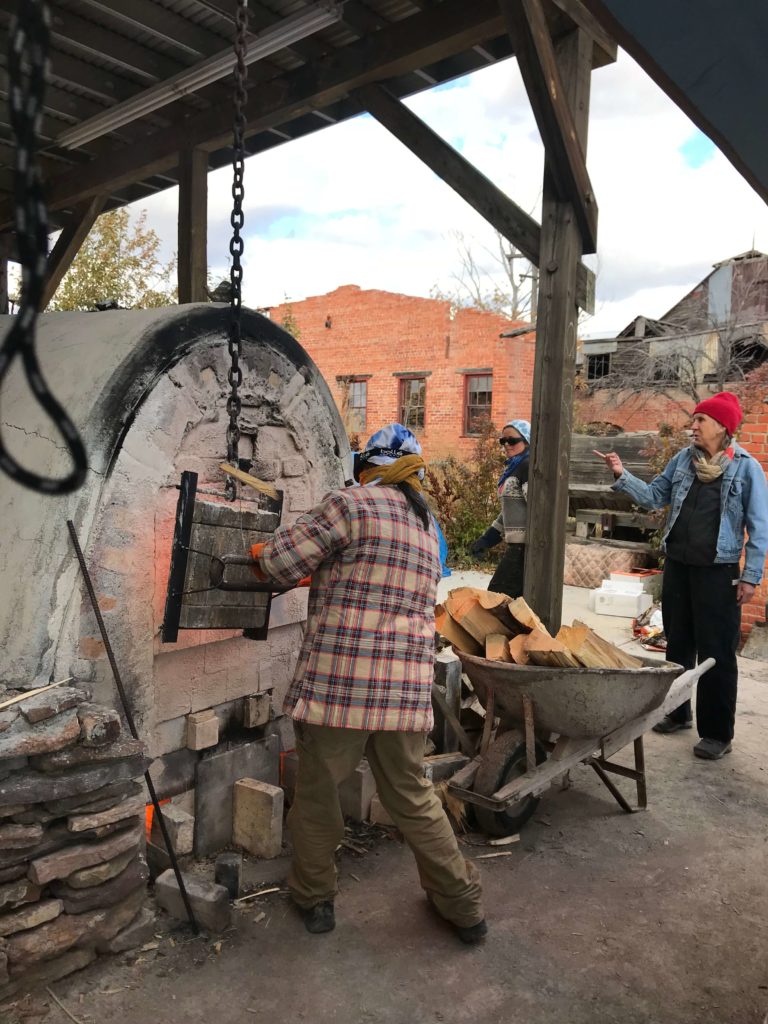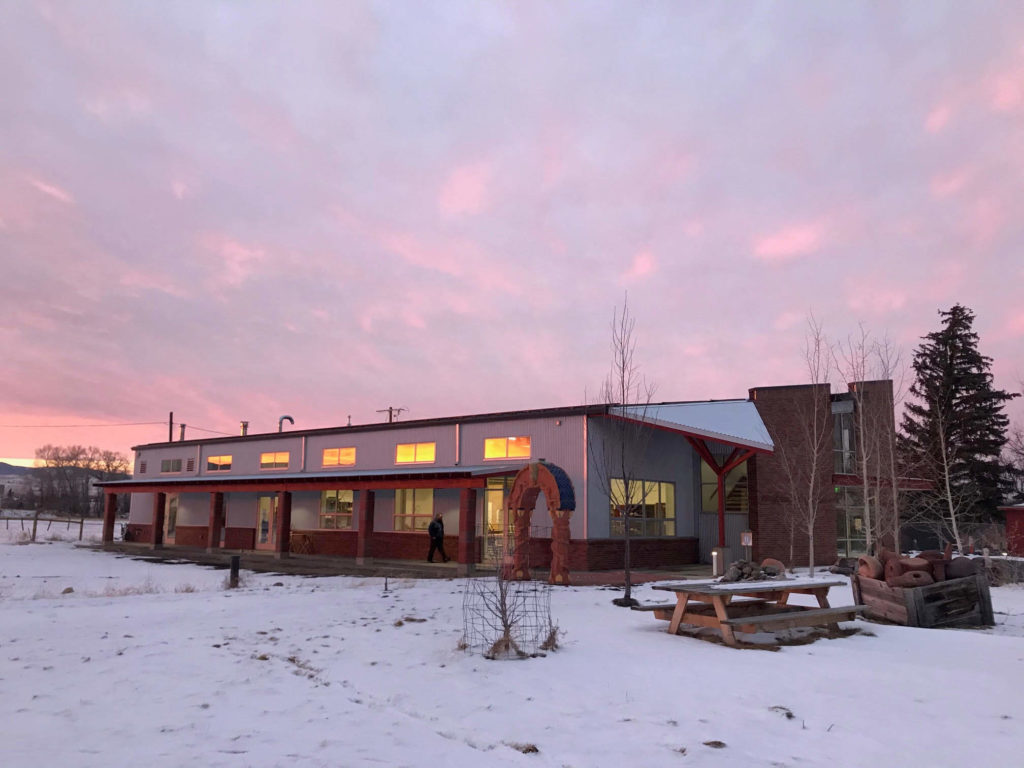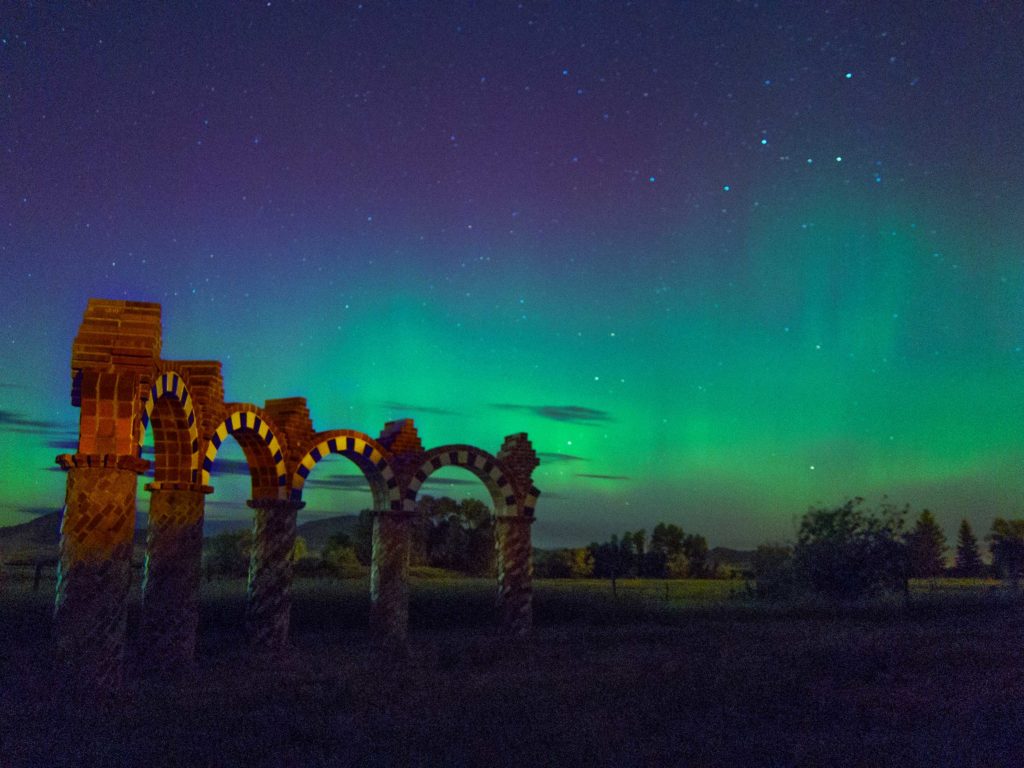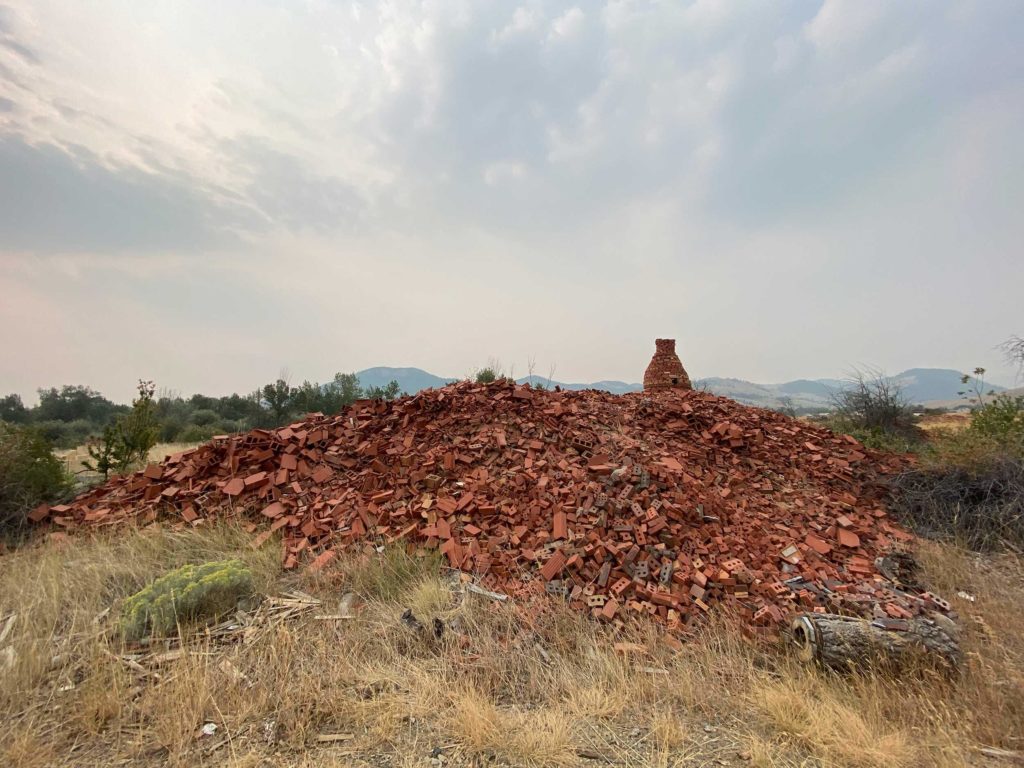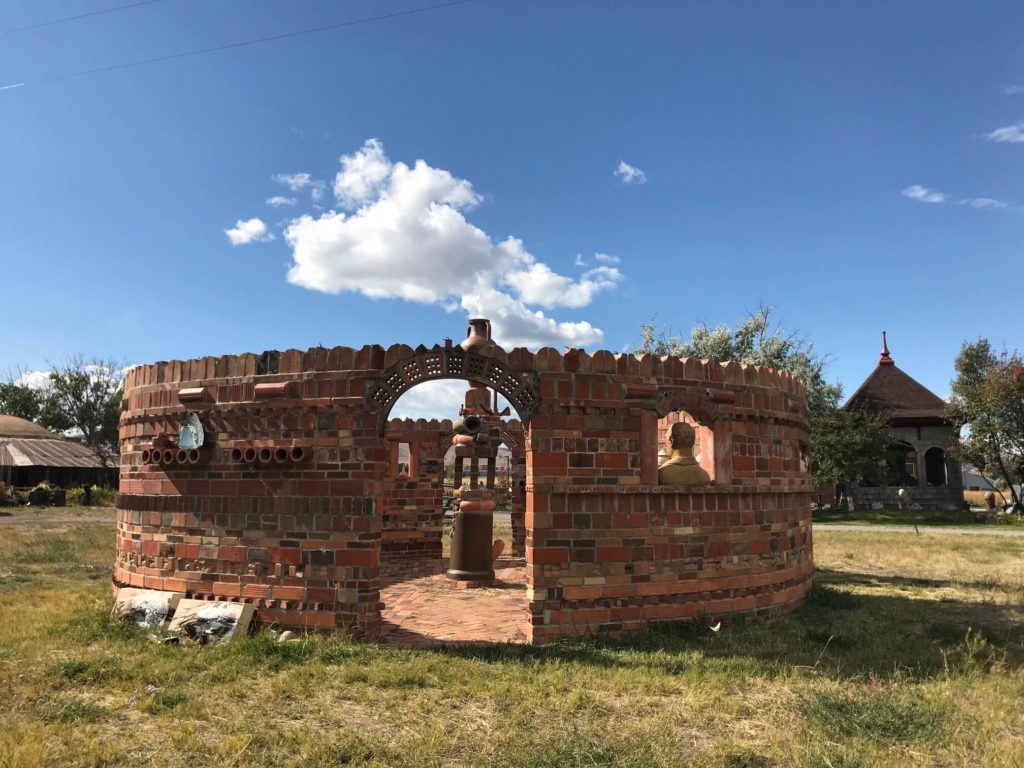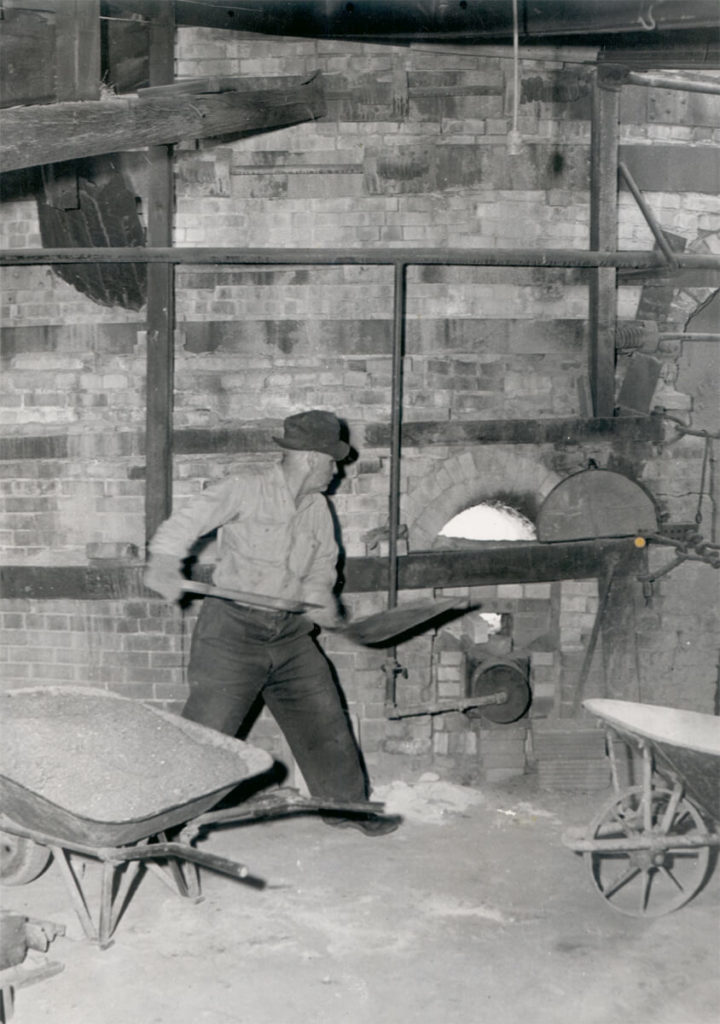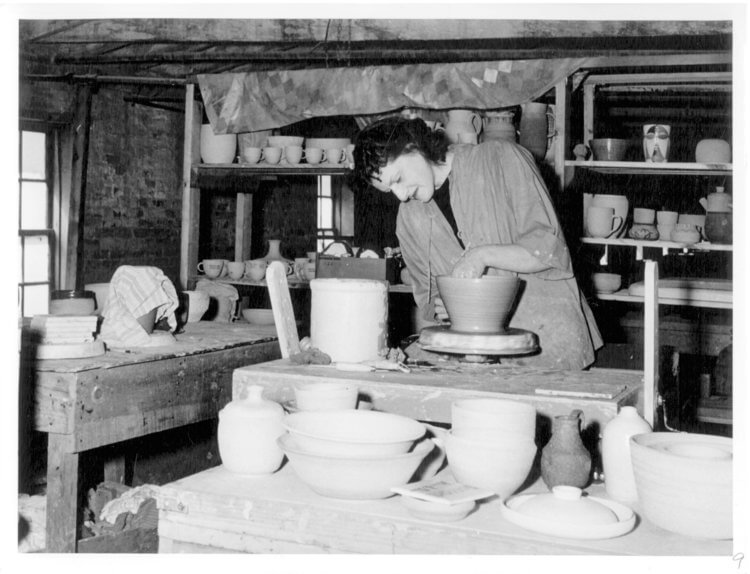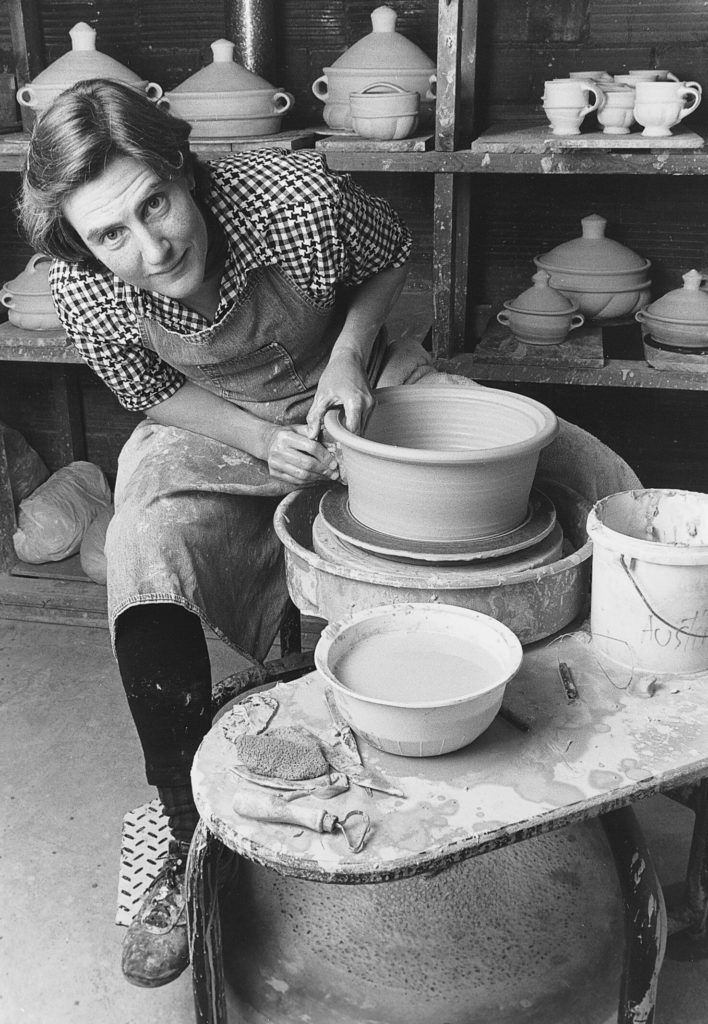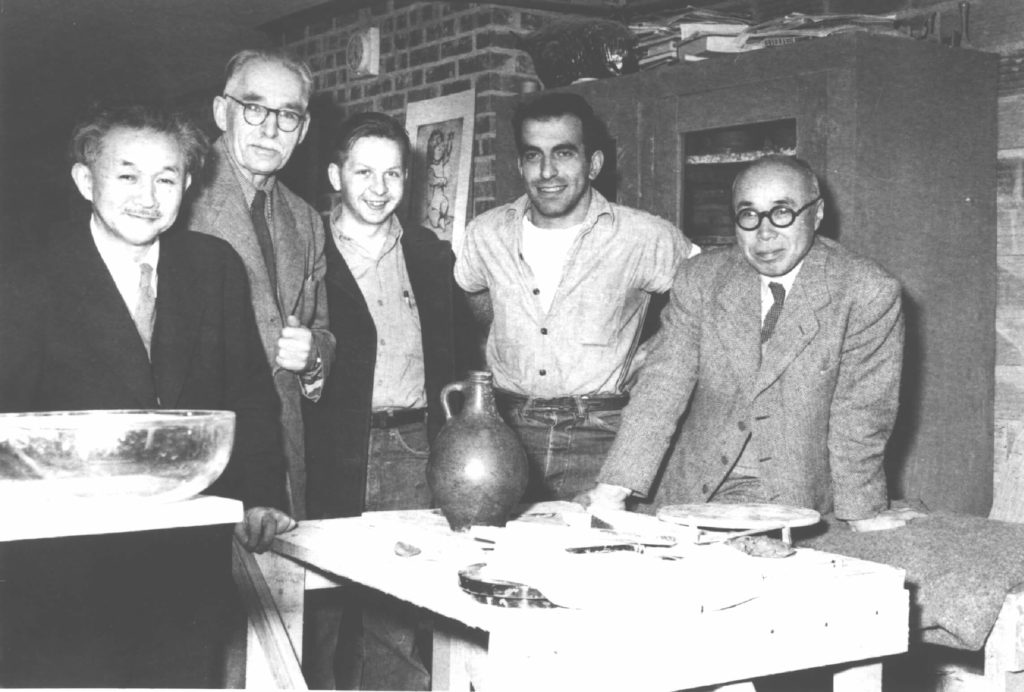About The Bray
We appreciate our staff, who make The Bray a truly unique place for artists to create!
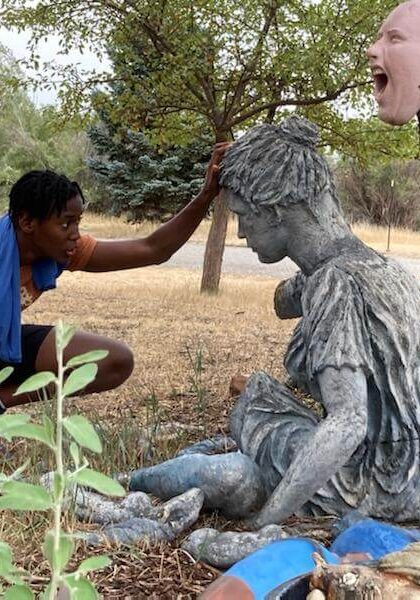
...for all who are seriously interested in any branches of the ceramic arts, a fine place to work."
-Archie Bray, Sr. 1951
About the Archie Bray Foundation (The Bray)
Archie Bray Foundation for the Ceramic Arts (The Bray) was founded at the foothills of the Montana Rockies in 1951 by entrepreneur, brickmaker, and avid arts patron Archie Bray, who intended it to be a place to “make available for all who are seriously interested in the ceramic arts, a fine place to work.” The primary mission is to provide an environment and connection with other serious artists that stimulates creative work in ceramics.
Located on the site of the former Western Clay Manufacturing Company, the 26-acre historic brickyard campus has more than 17 buildings, including a 12,000-square-foot resident artist studio facility, a new education and research facility, multiple sales and exhibition galleries, renovated administrative offices, and a facility for ceramic retail and manufacturing. The property is open to artists, students, gallery visitors, and ceramic supply customers, as well as the general public for classes, gallery visits, retail activity, self-guided tours, and structured group visits.
Residencies
Year-round and short-term residency programs:
The Bray provides studio space, facilities, and a supportive community for ceramic artists with diverse backgrounds, cultures, and aesthetic approaches. The residency programs vary in length, emphasize the cross-fertilization of ideas among artists, and provide kilns and facilities geared toward experimentation and exploration.
The Bray offers 10 long-term residences that last up to two years, 10 summer residencies, and 10 to 15 short-term residencies throughout the year. Artists come to The Bray to work intensively on creating new bodies of work and/or to examine, explore, and challenge what is possible in their individual studio practice.
Facilities
All resident artists receive free studio space, access to a vast range of kilns and equipment, exhibition opportunities and promotion, discounts on materials and firings, and access to a clay manufacturing facility. The organization also has substantial international impact, bringing together artists from all around the world, providing them with the facilities and freedom to explore their creative voices. Since its inception, more than 600 ceramic artists have come to The Bray to work.
70th Anniversary
In 2021 The Bray celebrated its 70th anniversary, and its commitment to contributing to equity in the field of ceramics is stronger than ever. The organization is committed to promoting diversity, equity, and inclusion among its artists, staff, board, and all members of the community.
Our Mission
The Archie Bray Foundation is actively committed to promoting, celebrating, and sustaining the ceramic arts through the residency program, education, gallery, ceramic materials and technology, and community engagement on a local, national, and international scale. In the words of Archie himself, The Bray makes available, “for all who are seriously and sincerely interested in any of the branches of the ceramic arts, a fine place to work”.
Our History
Listed on the National Register of Historic Places, The Bray is located three miles from downtown Helena, Montana, on the site of the former Western Clay Manufacturing Company. Set against the wooded foothills of the Rocky Mountains, the 26-acre former brickyard is internationally recognized as a gathering place for emerging and established ceramic artists. The nearby mountains and brick factory ruins provide a backdrop for the creative environment; more important is the dynamic arts community created by the resident artists that continue to come to The Bray to work, share experiences, and explore new ideas.
A new attitude towards clay.
Rudy Autio, Lillian Boschen and Peter Voulkos were the first resident managers of The Bray. The volume and quality of their work drew attention to the new program and attracted many talented and ambitious potters. A landmark workshop in 1952, with potters Shoji Hamada and Bernard Leach, and philosopher Soetsu Yanagi, had a profound influence on both Autio and Voulkos. Neither had seen clay treated so loosely and freely.
Since its inception, The Bray has drawn more than 600 ceramic artists from around the world.
These include such well-known ceramists as Betty Woodman, Theaster Gates, Jun Kaneko, Virgil Ortiz, Patti Warashina, John and Andrea Gill, Cauleen Smith, Eva Kwong, Sharif Bey, Beth Cavener, Chris Antemann, Chris Staley, Zemer Peled and Akio Takamori among many others.
EXPANSION OF PROGRAMS OVER THE YEARS:
Directors Ken Ferguson, David Shaner, and Dave Cornell worked hard at The Bray in the 1950s, 60s, and 70s, to establish a sound financial base by selling pots, clay, and ceramic supplies, and by offering classes and workshops. Kurt Weiser's tenure as Resident Director at The Bray from 1977 to 1988 saw an expansion of the clay business with Chip Clawson as manager, and a successful fundraising effort to purchase the brickyard after it closed in 1960. Carol Roorbach became Resident Director in 1989, establishing a permanent endowment. Roorbach also initiated procedures for improved storage and documentation of the extensive and growing Bray permanent collection.
Josh DeWeese became Resident Director in 1991, and worked to establish a Resident Artist Scholarship fund which helps residents to enjoy studio space rent-free. In addition, The Bray now offers a growing number of resident artist fellowships which provide annual stipends for juried resident artists, and the Peter Voulkos Fellowship Fund supports an annual visiting artist award to a prominent, world-renowned ceramic artist to work at The Bray.
Most notably, The Bray, under DeWeese's leadership, successfully completed a $2.5 million capital campaign to construct a state-of-the-art resident studio facility, expand endowment and strengthen annual operations.
CELEBRATING MILESTONES AND MORE:
Upon DeWeese’s retirement in 2006, Steven Young Lee accepted the position as Resident Artist Director. In 2008 and as part of a Comprehensive Kiln Project, seven new state-of-the-art, energy-efficient kilns were installed in the Shaner Studio’s kiln room, both reducing costs to artists and dramatically increasing the range of work resident artists can create.
A celebration of The Bray’s 60th anniversary in 2011 featured a three-day artist symposium that brought together artists from around the globe and raised more than a half-million dollars. Further, also beginning in 2011, The Bray received the first of two, two-year grants from the Windgate Charitable Foundation that, along with generous support from individual donors, have made it possible for The Bray to provide fellowship and scholarship support to all of its 10 long-term and 10 summer resident artists.
In 2022, Rebecca Harvey became the Executive Director of The Bray and continues the work of enhancing facilities and educational opportunities to meet the needs of today’s ceramic artists.
ORAL HISTORIES
The Oral History project promotes and sustains The Bray mission by documenting its history for future generations to experience and share. The Bray is an important hub for diverse ceramic artists who become part of the Helena community for the duration of their stay, and many settle in the surrounding area after their residency. Each artist leaves a piece of art for The Bray permanent collection, but this alone does not adequately document their lived experience in Helena. These oral histories document their lives in a holistic way, looking at their time from the perspective of an artist’s experience at The Bray, their experiences in MT, and how this contributes directly to Montana’s vibrant and diverse arts community and culture. The project also features past resident artists who have gone on to have careers in ceramics in MT and abroad. Interviews contrast how time at The Bray helped set up artists for a creative future, and how The Bray helped make Helena a cosmopolitan arts hub with national and international connections.
Listen to oral histories through the Montana Memory Project here.
Former Resident Directors
Rudy Autio
Josh DeWeese
Ken Ferguson
Steven Young Lee
David Shaner
Peter Voulkos
Kurt Weiser
We have more to share!
For more information on the history of The Bray, contact The Bray office.
